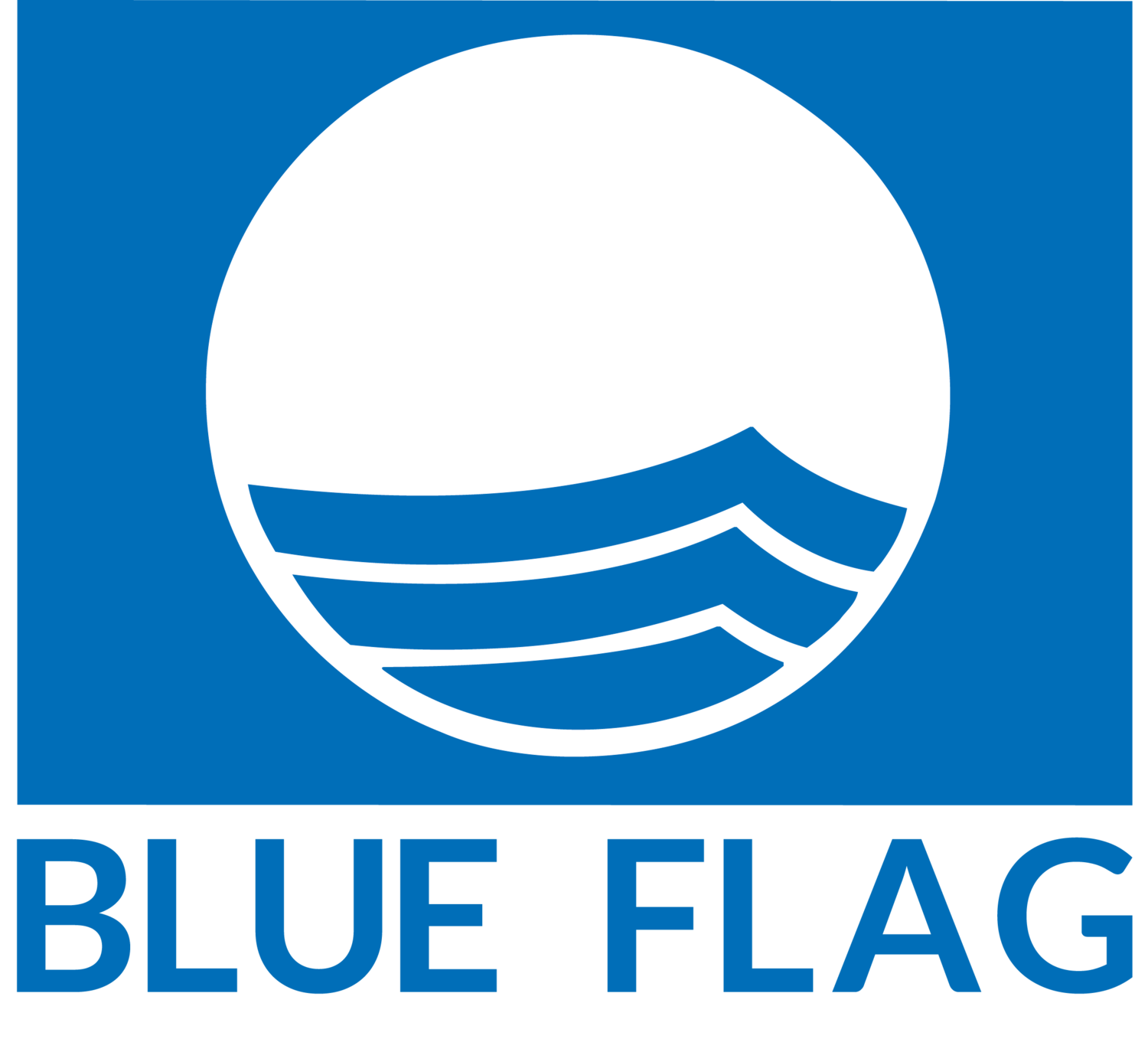To conclude 2014, Blue Flag National Operator Meeting took place in Chania, Greece from 16th to 17th October. 45 Blue Flag National Operators from 40 countries as well as Blue Flag International representatives, Daniel Schaffer (FEE Chief Executive Officer), Lourdes Diaz (FEE board member) and Blue Flag partners attended the stimulating and productive meeting.
This year, the NOM was organised by the Hellenic Society for the Protection of Nature (FEE member organisation) which put a lot of effort into creating a professional and constructive atmosphere while also giving the participants the chance to experience Greek hospitality and culture. The agenda was filled with many new and exciting developments and updates from Blue Flag International, the national operators and the Blue Flag working parties.
Two new countries (Estonia and Trinidad & Tobago) joined the Blue Flag programme in 2014 and were therefore warmly welcomed to their first National Operator Meeting (NOM). It was also announced that Japan and Mauritius have started to implement Blue Flag. Another important change in 2014 was the new cooperation between Blue Flag International and the flag producerSemaphore, which will start at the beginning of 2015. Semaphore’s representatives gave an overview of their products and their history. (Read more about Semaphore)
Other topics that were discussed during the first day of this year’s NOM were: the bathing water quality criteria, the FEE Environmental Education Principles, the changes to a new website in the coming year and the progress towards including more criteria for the beaches and marinas. Moreover, it has been announced that Blue Flag will also be part of the impact assessment FEE plans in the coming years in order to get information about the global and local effects of its programmes.
The second day of the NOM was dedicated to worldwide best-practices exchange. The national operators had the opportunity to present their best-practices and to be inspired by other countries’ success stories.
A best-practice example which has been presented and which deserves special recognition is the cooperation of Blue Flag Puerto Rico with the Puerto Rican Department of Youth Correction. The idea behind this cooperation is to engage adolescents with difficult social backgrounds in environmental activities in order to help them learn how to respect others and their environment. The project was initiated in 2013 and further extended in 2014. In the first year, the adolescents took part in environmental workshops at the correction facilities and participated in cleanups after St. John’s Eve, which draws many people to the beaches every year and fills them with massive amounts of litter. In the second year the project also included the rescue of leatherback turtles which nest on Puerto Rican coasts. The adolescents helped the nestlings to find their way into the water, an act which to a certain extent was an echo of their own lives. Maria Elena Garcia, Blue Flag national operator from Puerto Rico, highlighted the enthusiasm shown by the young people during the project and the potential this kind of cooperation might have in the future.
Part of the best-practice exchange was also the presentation of the Corona project pilot phase, which was the driving force for many successful beach cleanups and environmental projects in the participating countries. (Read more about Corona here)
Like every year, the Blue Flag NOM was a successful platform to roll out old issues, to exchange new ideas and to strengthen the network, which is the basis of Blue Flag’s successes.


